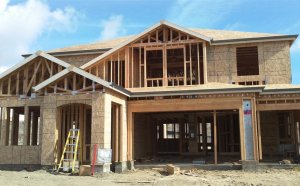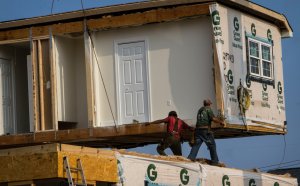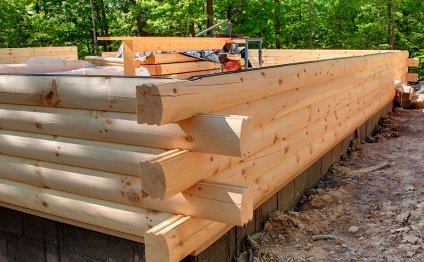
Log Home Construction
A log house (or log home) is structurally identical to a log cabin (a house typically made from logs that have not been milled into conventional lumber). The term "log cabin" is not preferred by most contemporary builders, as it generally refers to a smaller, more rustic log house such as a hunting cabin in the woods, or a summer cottage.
Log construction was the most common building technique in large regions of Sweden, Finland, Norway, the Baltic states and Russia, where straight and tall coniferous trees, such as pine and spruce, are readily available. It was also widely used for vernacular buildings in Eastern Central Europe, the Alps, the Balkans and parts of Asia, where similar climatic conditions prevail. In warmer and more westerly regions of Europe, where deciduous trees predominate, timber framing was favoured instead.
Types of logs[edit]
There are several types of logs used for log houses:
- Handcrafted: Typically made of logs that have been peeled, but otherwise essentially unchanged from their original appearance as trees
- Hewn logs, logs hewn by axe to an oval, hexagonal, octagonal or rectangular section
- Sawn logs, logs sawn to a standard width, but with their original heights
- Milled (also called machine-profiled), made with a log house moulder: Constructed of logs that have run through a manufacturing process which convert them into timbers which are consistent in size and appearance
Handcrafted log houses have been built for centuries in Scandinavia, Russia and Eastern Europe, and were typically built using only an axe and knife. The Scandinavian settlers of New Sweden brought the craft to North America in the early 18th century, where it was quickly adopted by other colonists and Native Americans. Possibly the oldest surviving log house in the United States is the C. A. Nothnagle Log House (circa 1640) in New Jersey.
Pre-fabricated log houses for export were manufactured in Norway from the 1880s until around 1920 by three large companies: Jacob Digre in Trondheim, M. Thams & Co. in Orkanger, and Strømmen Trævarefabrik at Strømmen. They were factory built from sawn or milled logs, numbered and dismantled for transportation, and reassembled on the buyer's site. Buyers could order standard models from catalogs, custom-made houses designed by architects employed by the companies, or houses of their own design. Log houses from Thams were exhibited at the Exposition Universelle (1889) in Paris.
During the 1920s the first American milled log houses appeared on the market, using logs which were pre-cut and shaped rather than hand-hewn. Many log houses today are of the milled variety, mainly because they require less labor-intensive field work than handcrafted houses. There are about 500 companies in North America which build the handcrafted, scribe-fit type of log house.
Components[edit]
Scribe-fit handcrafted logsThe logs in log houses have a varying degree of moisture content; all logs have moisture when freshly cut. In the case of handcrafted logs moisture will naturally leave the timber, drying it out until it stabilizes with its climate. This drying-out causes movement and shrinking of the log's diameter. As logs and timbers dry, the differential shrinkage (radial versus tangential) causes small cracks (known as "checks") to open slowly over time. Checking is a natural process in both air- and kiln-dried logs. This occurs in all log houses regardless of construction method or how the timber is allowed to dry, and is considered normal.
Milled logs are processed in a different manner from handcrafted logs. Logs destined to become milled logs may become one of several types, depending on the desired quality and results.
RELATED VIDEO

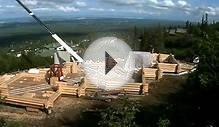
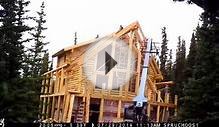
Share this Post
Related posts
Home Construction
It’s exciting to build a home from the ground up. There are fun choices to be made, from selecting the hardwood floors for…
Read MoreModular Home Construction
A modern triple wide home Manufactured housing (commonly known as mobile homes in the United States) is a type of prefabricated…
Read More